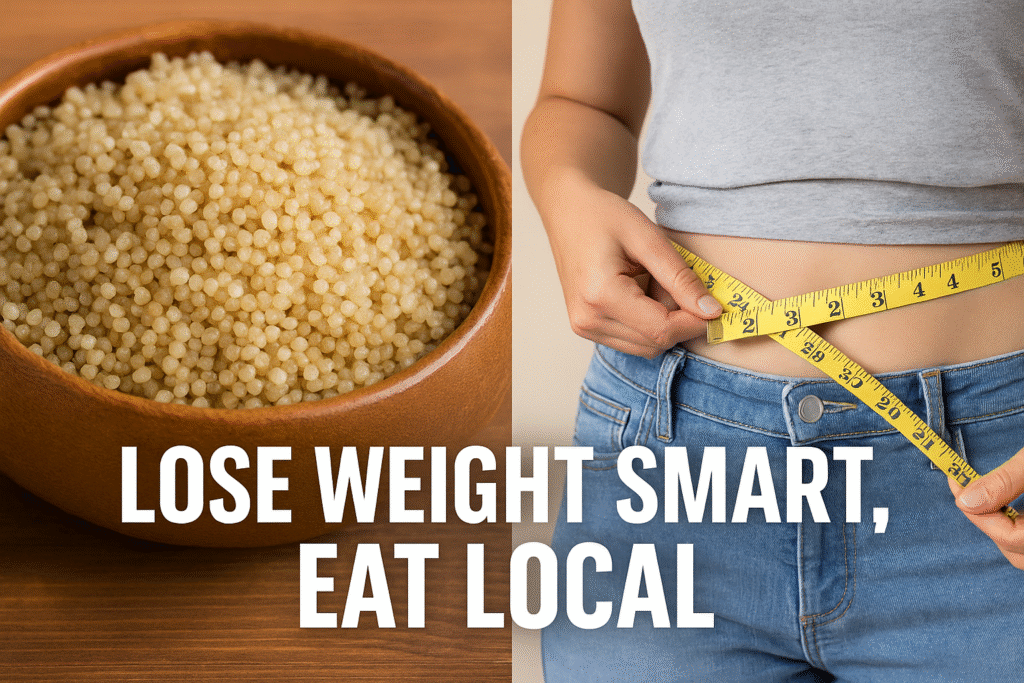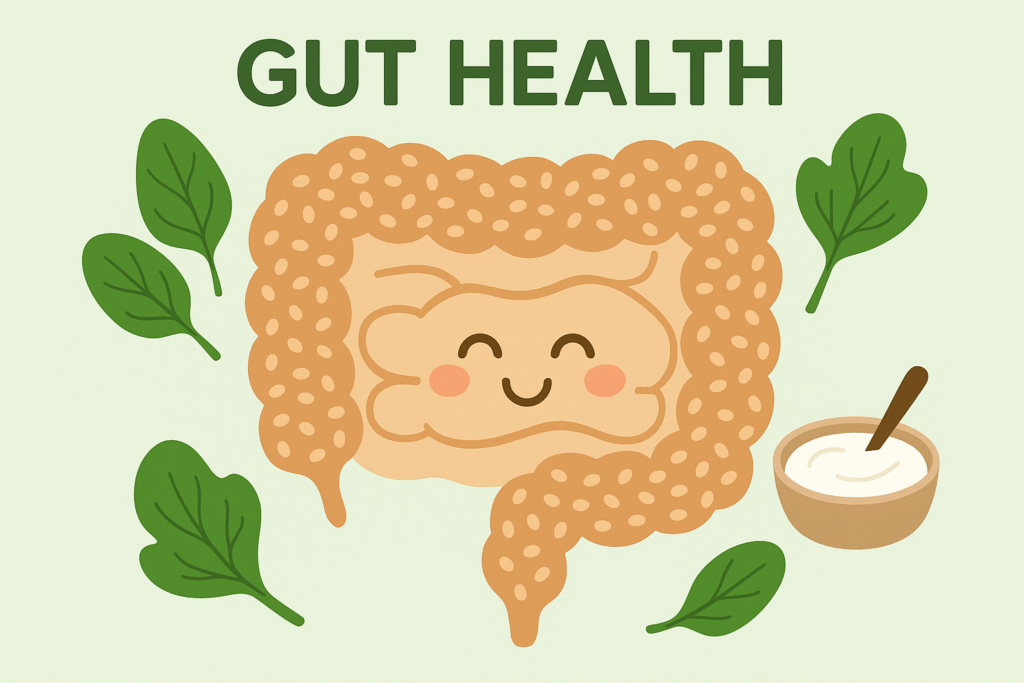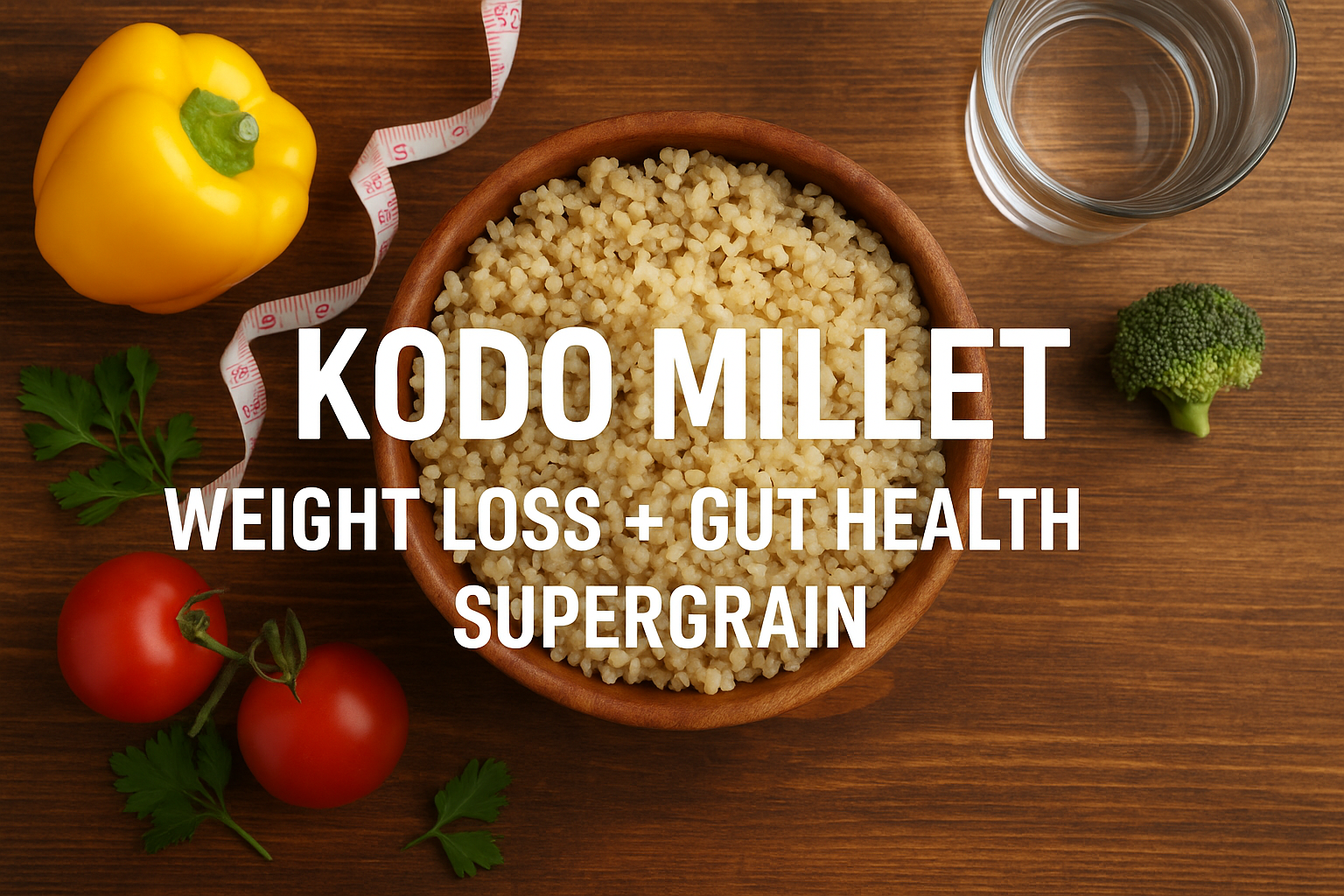Kodo millet — known as Varagu in Tamil and Kodon in Hindi — is an old grain that’s making a quiet comeback to Indian kitchens. Folks from small villages to metro cities are giving it a second look. It’s light on the tummy, gluten-free, and full of fiber, which makes it kinda perfect for the Indian plate.
Back in the day, our grandparents didn’t need fancy diets or calorie trackers. They just ate what the land grew — millets, pulses, greens, and that kept them active without the whole “health fad” thing. Now, nutritionists and fitness experts are saying the same thing again. Kodo millet is becoming that go-to grain for weight loss, gut health, and sugar control.
If you’re trying to fix your eating habits or just wanna eat better, this grain might just be your best friend.
Nutritional Value of Kodo Millet per 100 Grams and Why It Beats Rice and Wheat
Here’s what makes Kodo millet kinda unbeatable when it comes to nutrients. Just look at this quick table:
| Nutrient | Kodo Millet | White Rice | Wheat |
| Protein | 8.3 g | 6.4 g | 11.2 g |
| Fiber | 9 g | 0.6 g | 2.8 g |
| Iron | 3.6 mg | 1.5 mg | 3.5 mg |
| Calcium | 35 mg | 10 mg | 30 mg |
| Glycemic Index | 50 (Low) | 73 (High) | 68 (High) |
| Gluten-Free | Yes | No | No |
Kodo millet stands tall because of its high fiber and low glycemic index. Unlike white rice that gives a sugar rush, this grain gives slow, steady energy. It also stays light but filling, which makes it the perfect pick for those trying to lose weight or manage diabetes.
How Kodo Millet Helps in Healthy Weight Loss Without Feeling Starved

Trying to lose weight but can’t stand feeling hungry all the time? Yeah, that’s where Kodo millet steps in. Its fiber content is crazy high, which means it keeps you full for long hours.
Here’s how it works in simple terms:
- It slows digestion, so you don’t feel hungry too soon
- It keeps blood sugar stable (no sudden hunger spikes)
- It helps control portion size naturally
Some fitness folks even replace one rice meal a day with Kodo millet. You can try the same — like having Kodo millet upma or khichdi for lunch. It gives steady energy and no sluggish “post-meal nap” vibes.
If you’re on an Indian weight loss diet, this grain totally fits in. Add a bowl of curd or sautéed veggies beside, and you’ve got a balanced, happy meal.
Why Kodo Millet Is Good for Gut Health and Daily Digestion

Let’s be real — a lot of people deal with bloating, acidity, or constipation these days. Kodo millet’s got your back on that. The fiber and polyphenols in it act like natural prebiotics, feeding good gut bacteria and cleaning out the system gently.
Here’s why it’s good for the belly:
- It improves digestion without being harsh
- It keeps bowel movement regular (no fancy detox drinks needed)
- It prevents constipation and heaviness after meals
It’s basically gut-friendly food, especially when compared to refined grains that do the opposite.
If you often feel bloated after eating wheat or rice, try switching to Kodo millet for a week — your tummy will thank you.
How Kodo Millet Helps People With Diabetes and Heart Health
Now here’s where this grain shines even more. Because of its low glycemic index, Kodo millet doesn’t spike sugar levels. That’s why doctors often call it one of the best diabetic-friendly millets in India.
Benefits at a glance:
- Keeps sugar levels steady
- Improves insulin response
- Reduces cholesterol naturally
- Supports heart health by cutting down bad fats
People dealing with pre-diabetes or high cholesterol can use Kodo millet as part of their daily meal plan — instead of white rice or refined atta. A simple switch can make a pretty big difference over a few weeks.
Easy Indian Ways to Include Kodo Millet in Your Everyday Meals
Kodo millet can fit into Indian meals so easily that you won’t even feel you’ve “changed your diet.”
Try these:
- Upma or khichdi: perfect comfort food
- Dosa or idli: fermented Kodo batter tastes great
- Salads: boiled millet with veggies and lemon dressing
- Porridge: sweet or salty, works for breakfast
- Cutlets: mix millet with mashed veggies
You can cook it just like rice. Soak for 30 minutes, cook in a 1:2.5 water ratio, and that’s it. It’s light, fluffy, and blends well with Indian flavors.
For those counting calories or sugar, Kodo millet is way easier on the system compared to polished grains.
Who Should Add Kodo Millet to Their Diet and How Often
Almost everyone can benefit from it. But some people will love it more than others:
- Diabetics who need to keep sugar levels stable
- Fitness enthusiasts looking for high-fiber clean carbs
- Vegans and vegetarians needing iron and protein
- People with gluten intolerance or gut issues
Try adding it to meals 3–4 times a week. Around 60–80 grams uncooked millet (1 cup cooked) is a good daily portion.
Avoid eating too much daily if you have thyroid or kidney issues — moderation is key. Like, a balanced mix of grains always works better than depending on just one.
Kodo Millet vs Other Popular Millets: Which One Fits You Best
Here’s a quick comparison table to help you pick what suits your goals best:
| Millet Type | Best For | Protein (g) | Fiber (g) | Unique Benefit |
| Kodo Millet | Weight loss, digestion | 8.3 | 9 | Great for gut and sugar control |
| Foxtail Millet | Diabetics, energy | 12 | 8 | More protein, quick cook |
| Barnyard Millet | Low-cal diets | 10 | 6 | Very light and easy to digest |
| Finger Millet (Ragi) | Bone health | 7 | 4 | Super rich in calcium |
| Little Millet | General fitness | 9 | 7 | Mild taste, good for daily meals |
So yeah, if your main goal is weight control and gut health, Kodo millet is your clear winner. It’s earthy, filling, and super flexible in cooking.
Where to Buy Good Quality Organic Kodo Millet in India
Buying good millet matters more than most people think. Polished versions lose nutrients, so try to buy unpolished, organic Kodo millet.
You can grab them from:
- Online stores like Amazon, BigBasket, 24 Mantra, Nourish Organics
- Local millet shops and farmer markets
- Government outlets promoting Indian millets
Tip: Always check for “unpolished” on the label and go for grains that look slightly brownish, not white. Store it in an airtight jar and keep away from moisture.
Final Thoughts: Why Kodo Millet Deserves a Regular Place in Modern Indian Diets
Health isn’t about fancy supplements or imported grains. It’s about going back to food that our bodies actually understand. Kodo millet fits right in there — Indian, simple, earthy, and full of nutrients that help in weight loss, gut health, and long-term wellness.
Adding this humble grain to your diet is a small change that adds up big. Swap a bowl of rice, mix it in dosa batter, or toss it in salads — there’s no rulebook. Once you get the taste, you might just stick to it without even trying.
Because sometimes, the old-school stuff works the best, right?

